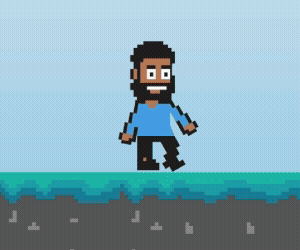Meta has announced a new subsea cable project designed to span over 50,000km, connecting five continents in a bid to “unlock global AI potential.”
The project, named “Project Waterworth,” will link the US, India, Brazil, South Africa, and other regions. It is set to be one of the longest high-speed subsea cable systems ever built.
Meta, the parent company of Facebook, Instagram, and WhatsApp, highlighted in a blog post that the cable will “enable greater economic cooperation, facilitate digital inclusion, and open opportunities for technological development in these regions.”
Subsea cables are responsible for 95% of global internet connectivity. For companies such as Meta, improved infrastructure means an improved platform, enabling seamless digital communication, gaming, video experiences and more.
The initiative, expected to cost Meta billions of dollars over several years, is aimed at boosting the scale and reliability of the world’s digital infrastructure. To date, the company has partnered on more than 20 subsea cable projects.
Meta also claimed that Project Waterworth will feature a “first-of-its-kind” cable routing, with installations at depths reaching up to 7,000 metres, and “enhanced” burial methods in high-risk areas such as shallow coastal waters to avoid damage.
While recent reports have raised concerns about intentional damage to subsea cables in the Baltic Sea, accidental damage is also frequent.
Meta concluded: “As AI continues to transform industries and societies around the world, it’s clear that capacity, resilience, and global reach are more important than ever to support leading infrastructure.”
“With Project Waterworth, we can help ensure that the benefits of AI and other emerging technologies are available to everyone, regardless of where they live or work.”
What is the threat to subsea cables?
Subsea cables stretch over 1.4 million kilometres of the ocean floor, linking countries around the world to the internet.
While modern subsea cables deliver data at the speed of light and are crucial to global infrastructure, they remain fragile. The fibres inside these cables are made of thin glass, and although they are housed in durable protective pipes, accidents can still occur, leading to damage.
In some cases, such as in parts of Africa, damaged subsea cables have caused internet outages. However, in more well-connected regions, the impact of such damage is often minimal due to the availability of alternative cables.
Still, recent events of suspected intentional damage have seen countries such as the UK and the US raise concerns over the safety of maritime infrastructure.
To learn more about the efforts taken by those responsible for protecting and repairing subsea cables, click here.


